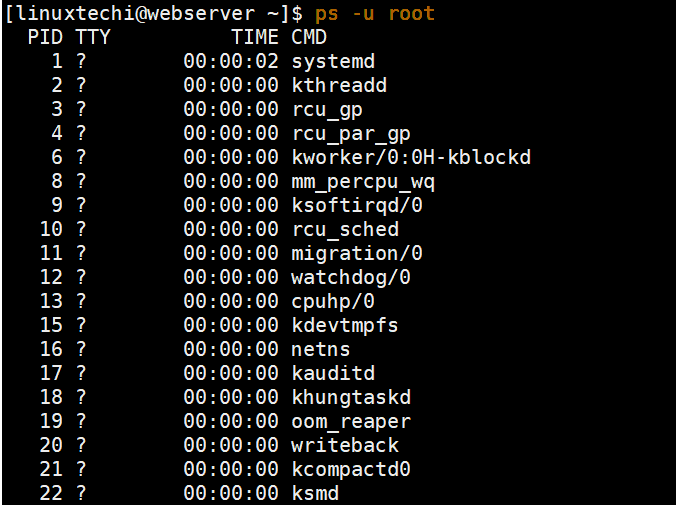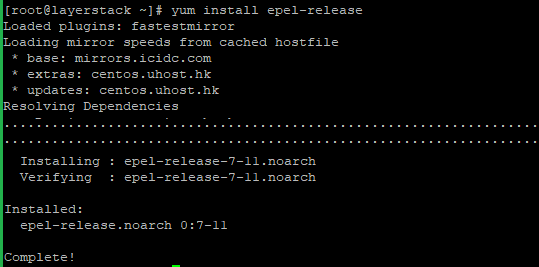

Start program = “/bin/su - deploy -c ‘cd /home/deploy/apps/ & bundle exec sidekiq -e staging -C /home/deploy/apps//config/sidekiq.yml -P /home/deploy/apps//tmp/pids/sidekiq-0.pid -L /home/deploy/apps//log/sidekiq.log -d’” with timeout 90 seconds

Why? It is very flexible and enables you to do the same thing in several ways through a config file:Ĭheck process sidekiq with pidfile “/home/deploy/apps//tmp/pids/sidekiq-0.pid” We also use Monit to control and monitor Sidekiq state. Sidekiq is a background processing framework for Ruby.
#Linux process monitor restart how to#
We will show you how to set up each of them starting from nginx. In commercial projects development, we use Monit to monitor and/or control services like Sidekiq, ElasticSearch, Redis server, Rpush, Nginx, PostgreSQL, and some others. Set mailserver some_mail_server Monit configuration and setup If the first one fails, Monit will move to the second one and so on. Further, you can specify several mail servers that will be used to deliver alerts.

To enable this option you need to change few lines in the main configuration file.īy default, Monit uses local host for sending emails. If you want to always have the latest updates on the monitored processes - just enable alerts and Monit will start sending emails to a specified address should any errors occur. The port address can also be changed to a custom one if security is a top priority. After the web interface has been configured it can be accessed by this link.


 0 kommentar(er)
0 kommentar(er)
